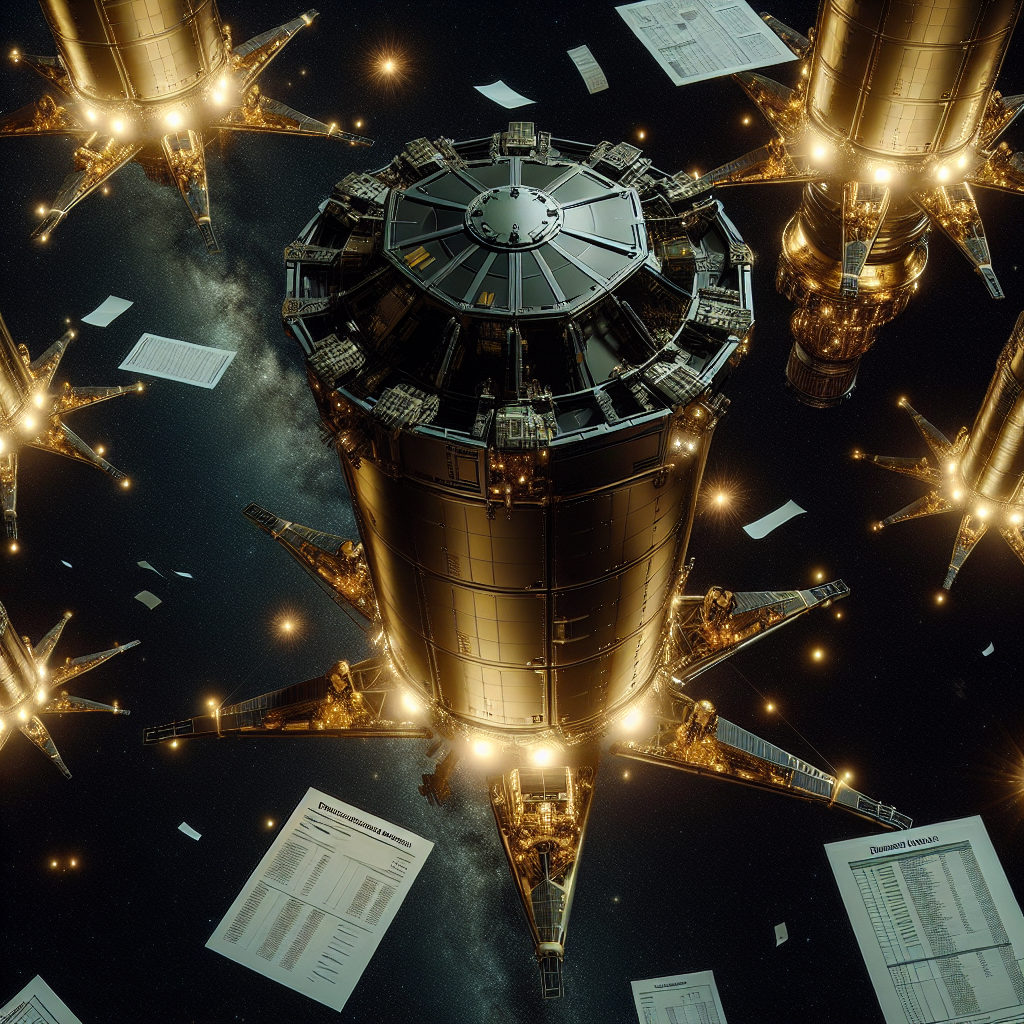The United States is requesting defense contractors to provide information on space-based missile interceptors to eliminate the threat of incoming missiles. This comes as the Pentagon explores the development of President Trump’s “Golden Dome” missile defense system.
According to Reuters, a notice issued on Friday for the first time reminds the industry that the U.S. Missile Defense Agency and Space Force are holding a series of meetings to discuss space-based interceptors. In the notice, they are asking defense contractors to provide specific information on actual or conceptual “space-based interceptors,” which will destroy intercontinental ballistic missiles during the boost phase.
The Pentagon stated that they are also interested in concepts that can conduct intercepts after the boost phase, early mid-course intercepts, or mid-course intercepts.
This industry exchange will take place from April 30 to May 2 in Alabama, lasting for several days.
Industry representatives from major defense contractors such as Lockheed Martin, Northrop Grumman, and RTX, as well as new contractors like SpaceX under Musk, software company Palantir, and drone manufacturer Anduril, are expected to submit proposals outlining technical approaches and deployment strategies for space-based interception systems, sensors, or control systems.
This system is similar to Israel’s “Iron Dome” missile defense system, but the “Golden Dome” defense system is a much larger project. Its main structure will be established in space, forming a broader space-based defense system aimed at countering missile threats from anywhere in the world, especially intercontinental ballistic missiles with nuclear capabilities.
In the 1980s, President Reagan proposed the famous Strategic Defense Initiative, also known as the Star Wars program, with the aim of creating a similar operational system. However, the technology at the time was not advanced enough to realize such a complex plan. The “Golden Dome” project can be seen as a new version of the Star Wars program for the Trump era. Compared to existing capabilities, it represents a massive and expensive technological leap.
According to Reuters, Tom Karako, an expert on weapons and security at the Center for Strategic and International Studies, stated that this notice seems to confirm that space sensors and space-based interceptors are likely to be key components of the upcoming architecture plan for the “Golden Dome,” which is expected to surface in the coming weeks.
The development of the “Golden Dome” defense system by the United States comes at a time when the threats from the Chinese Communist Party and Russia are becoming increasingly serious.
On January 27th, President Trump ordered the Pentagon to develop a reference framework and implementation plan for the next-generation missile defense system, inspired by Israel’s Iron Dome, called the “Golden Dome.” The “Golden Dome” system aims to defend against ballistic missiles, hypersonic missiles, advanced cruise missiles, and other next-generation airborne threats.
Israel’s “Iron Dome” system is ground-based and primarily designed to address short-range threats, while the U.S. seeks to defend against intercontinental and submarine-launched weapons.
The “Iron Dome” system is a gem in Israel’s defense arsenal, jointly developed by the Israeli state-owned company Rafael Advanced Defense Systems and the American Raytheon company. Considering the limitations of ground-based interceptors when facing potential attacks from complex missiles, space-based lasers have long been viewed as a forward-looking solution.
Bloomberg cited Todd Harrison, a senior researcher at the Center for Strategic and International Studies, as saying, “This is a dream to achieve this goal with some form of directed energy weapon, but the technology has not yet caught up.”

